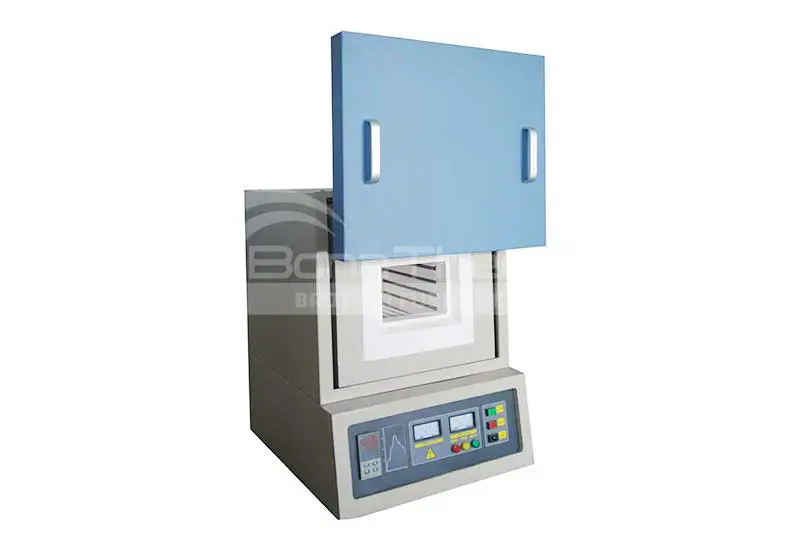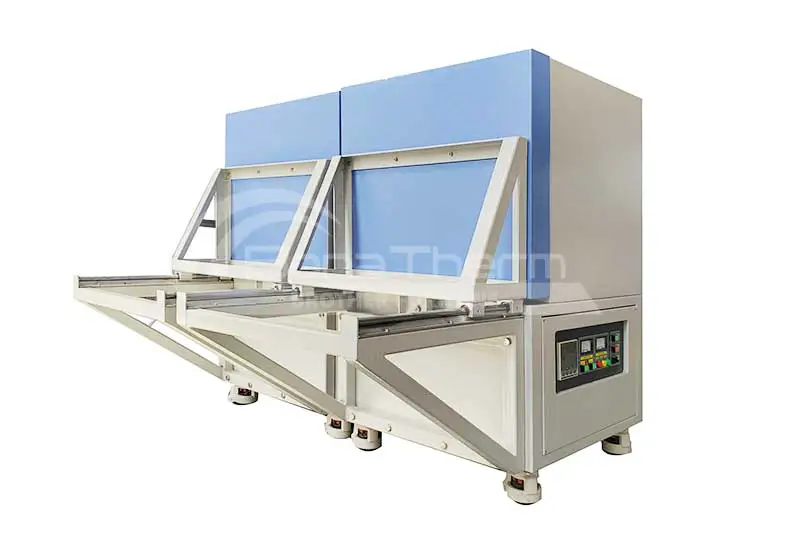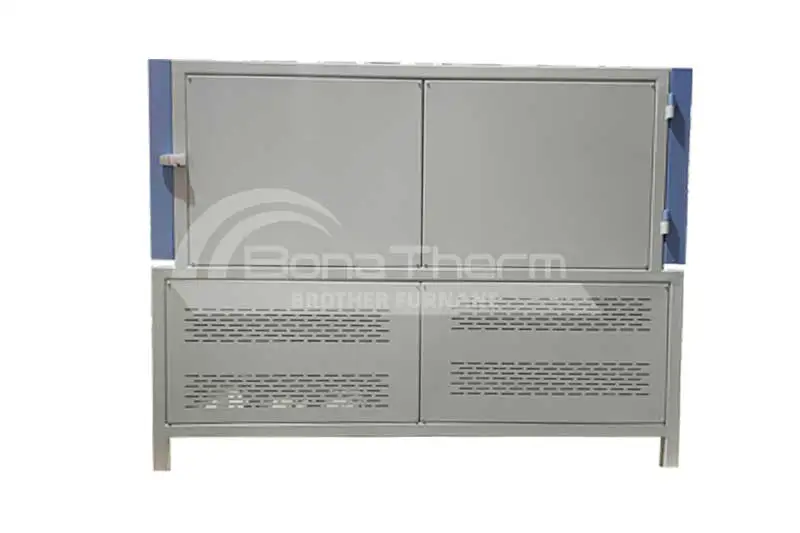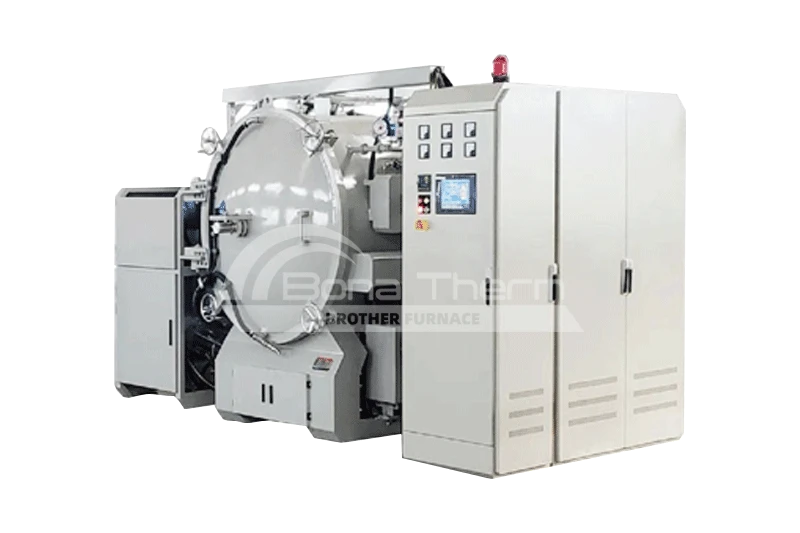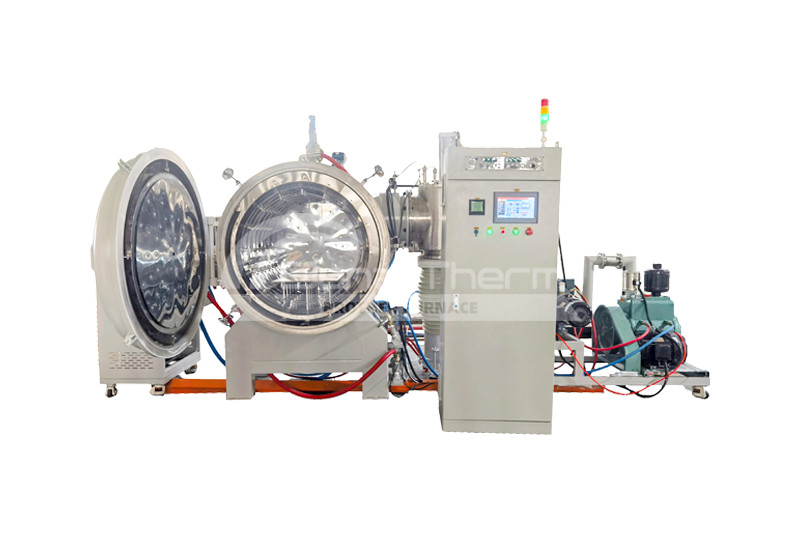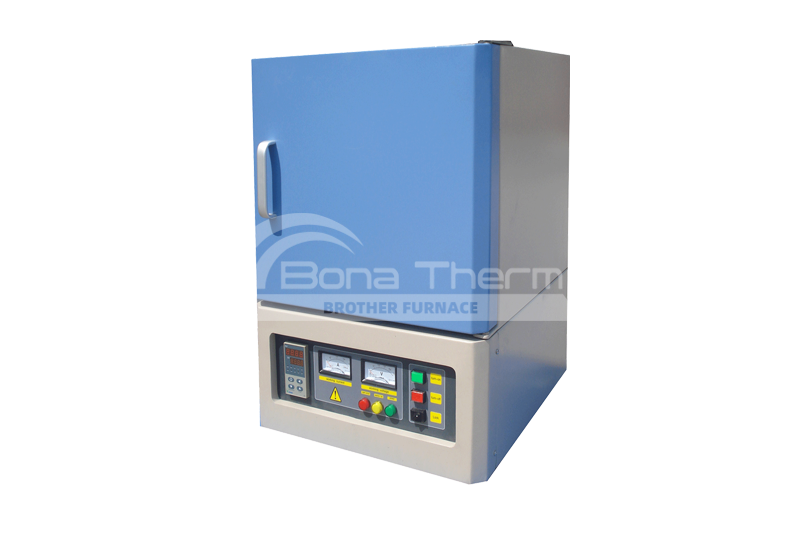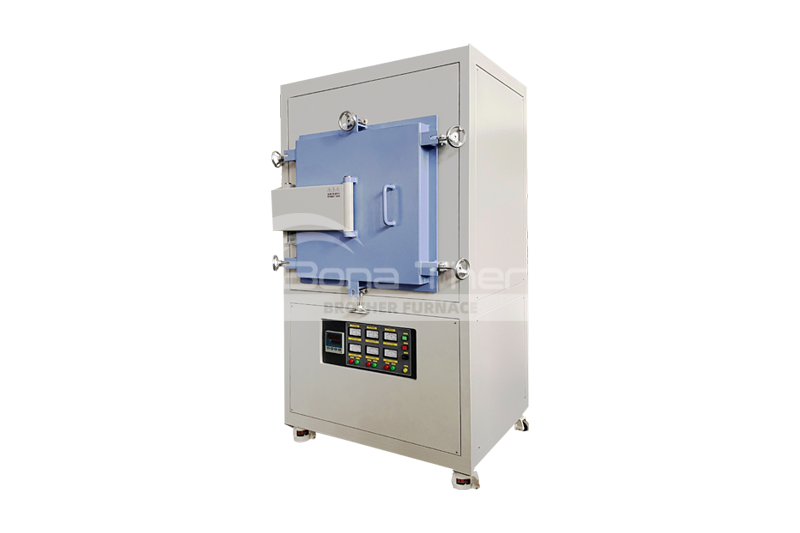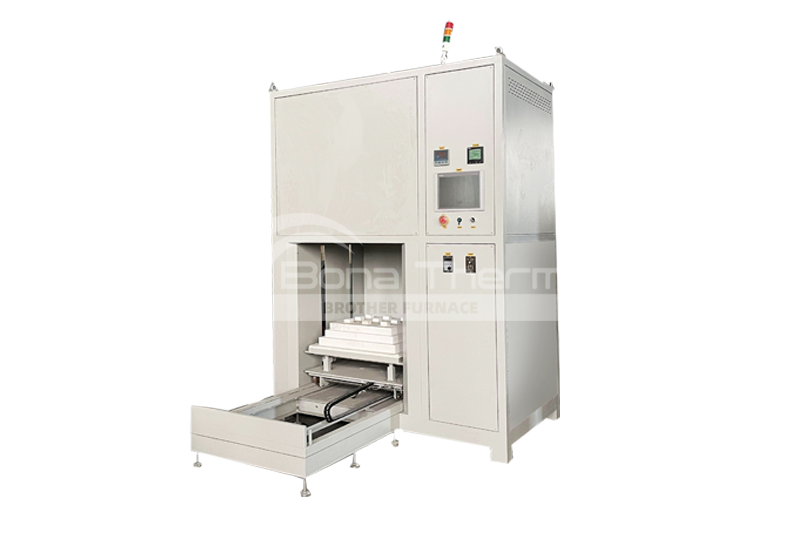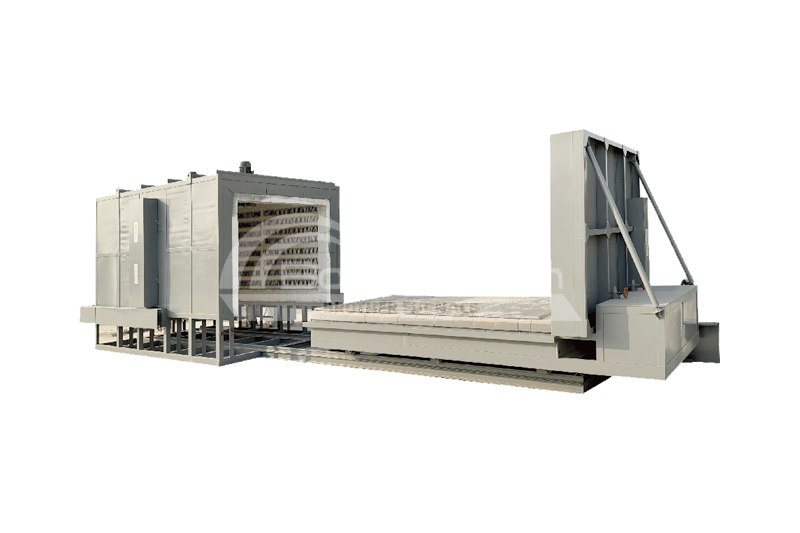6 Key Advantages of Ceramic Fiber Furnace Chambers
 BROTHER FURNACE
BROTHER FURNACE
 2025-04-24 00:19
2025-04-24 00:19
Electric furnaces play a crucial role in high-temperature processing in modern industrial heat treatment and scientific research. Among the many structural components of a furnace, the chamber lining significantly affects its performance. In recent years, ceramic fiber furnace chambers have become increasingly popular due to their outstanding insulation properties, high-temperature resistance, and ease of use. This article explores the key advantages of ceramic fiber furnace chambers and their value in various applications.

1. Excellent Insulation Performance for Energy Efficiency
Ceramic fiber materials have extremely low thermal conductivity and superior insulating properties, effectively minimizing heat loss through the furnace wall. Compared with traditional refractory brick linings, ceramic fiber significantly enhances thermal efficiency and reduces energy consumption. This energy-saving feature cuts operational costs and aligns with modern trends in sustainable and environmentally friendly production.
2. Rapid Heating and Fast Thermal Response
Due to its low heat capacity, ceramic fiber enables the furnace to heat up much faster than conventional materials, reducing waiting time and increasing productivity. This quick response is especially beneficial for laboratories, universities, and processes that require frequent heating cycles.
3. Stable High-Temperature Resistance for Versatile Applications
High-quality ceramic fiber can withstand continuous operating temperatures of up to 1600°C while maintaining structural integrity and stability. It is ideal for a wide range of applications, including sintering, heat treatment, annealing, and melting, ensuring safety and reliability in high-temperature environments.
4. Lightweight Structure to Reduce System Load
Compared to traditional refractory bricks, ceramic fiber is much lighter, which reduces the overall weight of the furnace. This not only saves on structural support materials but also facilitates easier transportation, installation, and maintenance. Additionally, the low thermal inertia improves temperature control precision and responsiveness.
5. Easy Maintenance and Extended Service Life
Ceramic fiber linings are typically installed in the form of modules, boards, or blankets, allowing for simplified structures and easier maintenance. Damaged areas can be quickly repaired or replaced, minimizing downtime. The material also has excellent thermal shock resistance, making it less prone to cracking and extending the overall service life of the furnace chamber.
6. Environmentally Friendly and Suitable for Clean Applications
Ceramic fiber is a non-polluting material that does not release harmful gases during high-temperature operation. It is environmentally friendly and ideal for clean-room environments, such as laboratories, battery material research, electronic ceramics, and semiconductor processes.
Conclusion
With advantages such as lightweight construction, energy efficiency, and excellent thermal stability, ceramic fiber furnace chambers are increasingly replacing traditional linings in modern electric furnaces. Whether in industrial heat treatment or academic research, ceramic fiber linings are a reliable choice for enhancing furnace performance and optimizing energy usage.
- Pre: What Types of Stainless Steel Are Used in Vacuum Brazing?
- Next: Sorry!

